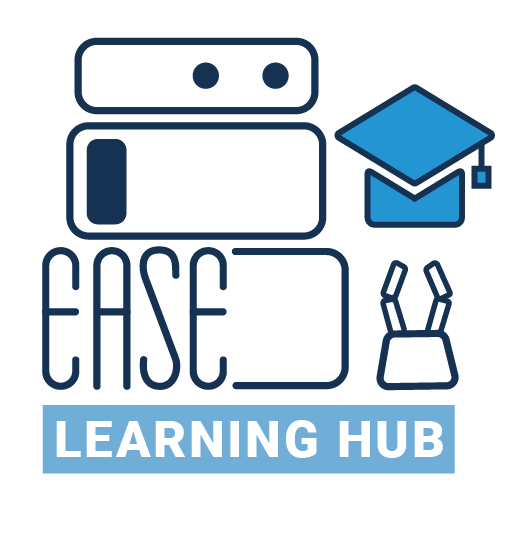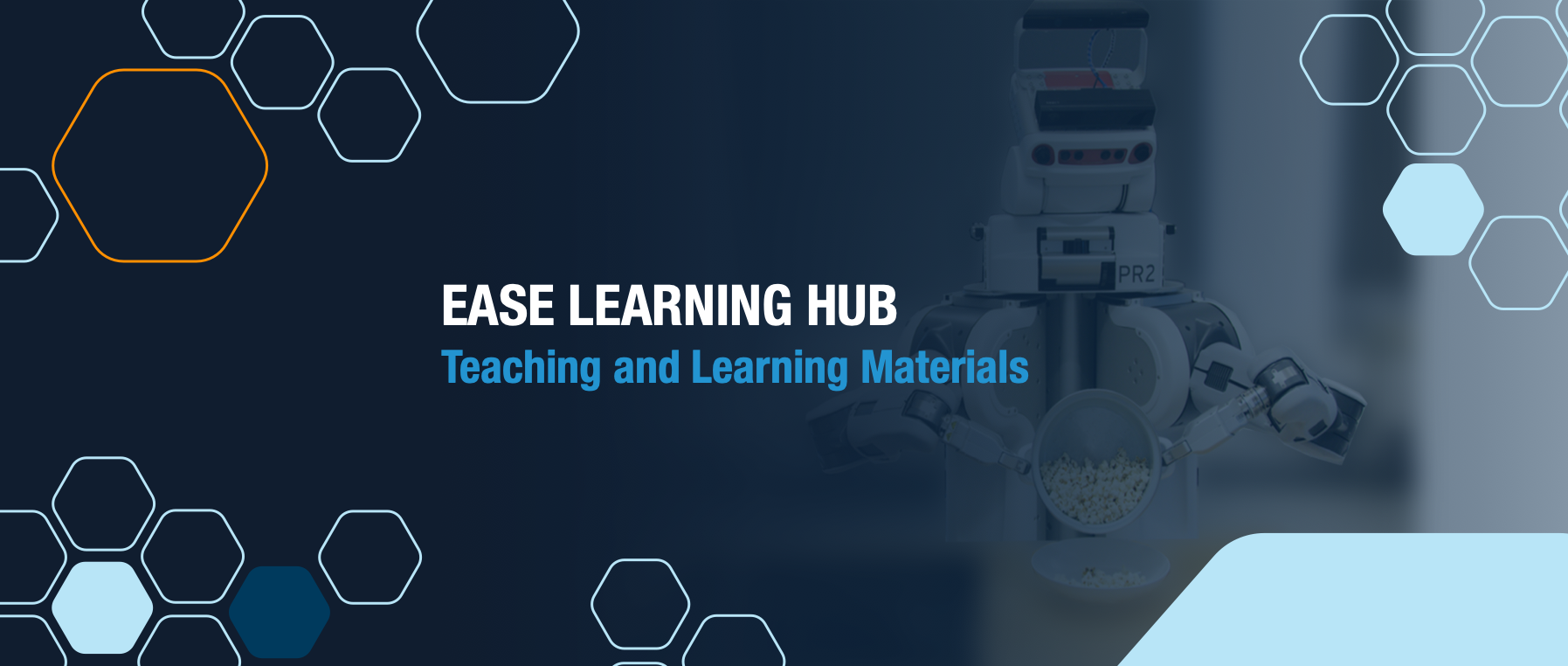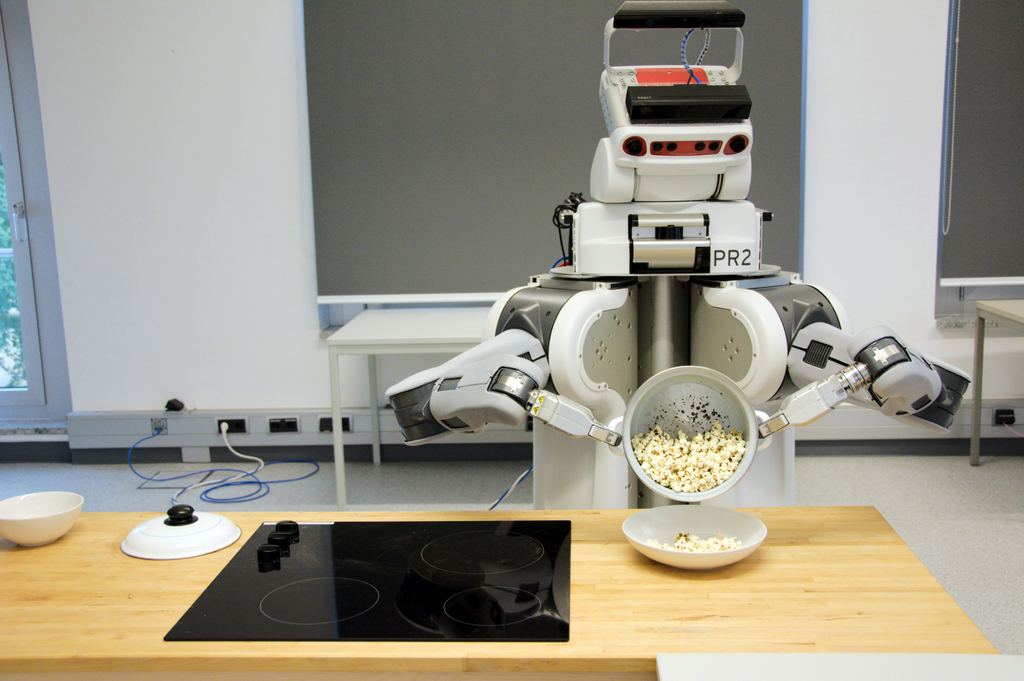Systems engineering, self-adaptation and robots with a deep understanding
Integrating advanced skills into robotic systems for reliable autonomous operation is a pressing challenge. Current robot software architectures, many based on the 3-layers paradigm, are not flexible to dynamically adapt to changes in the environment, the mission or the robot itself (e.g. internal faults).


